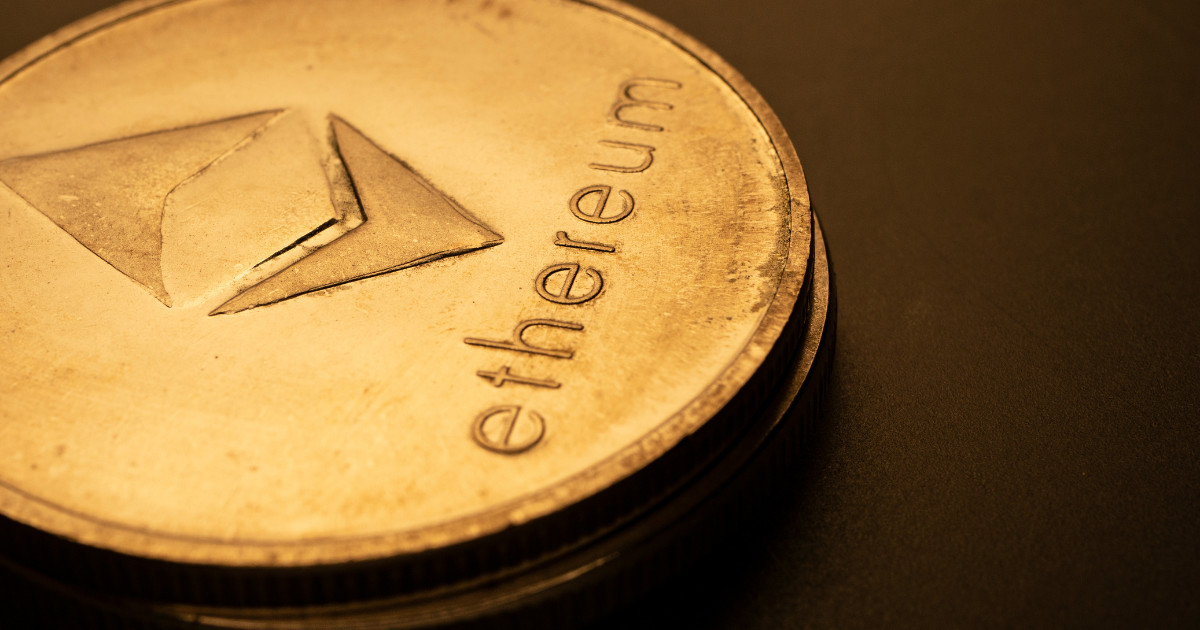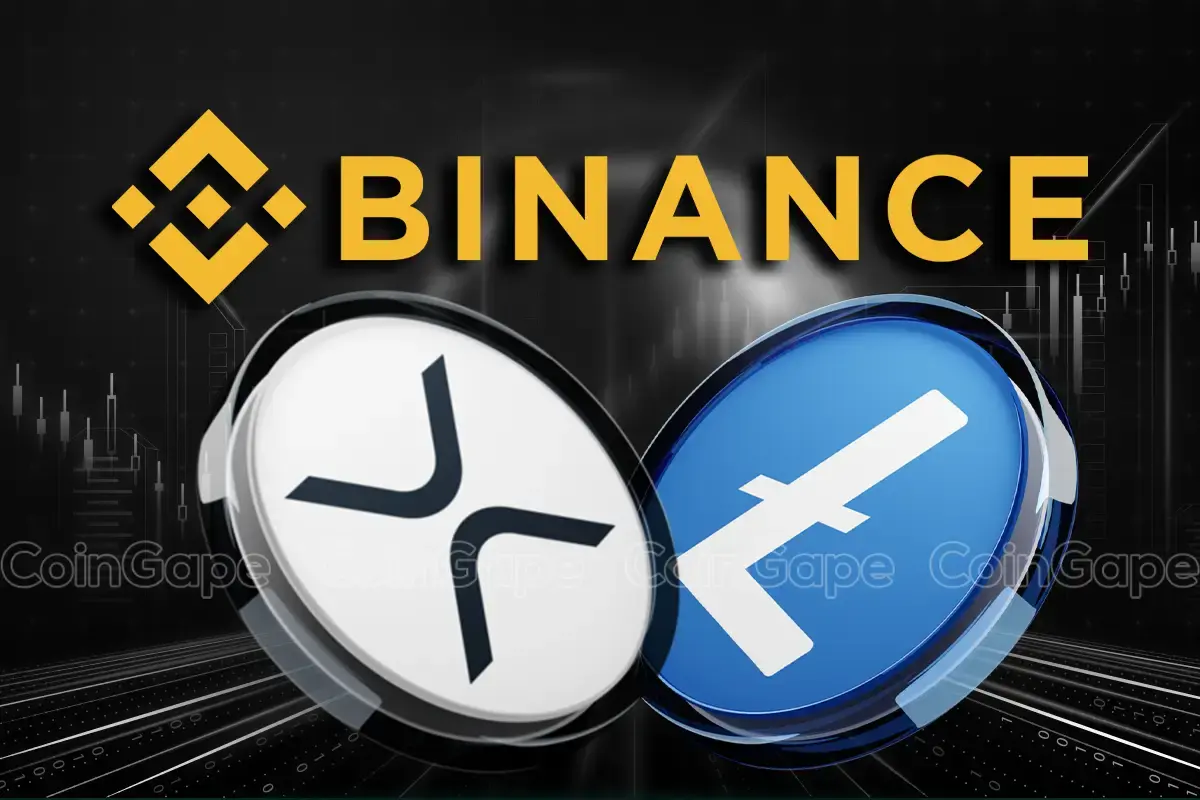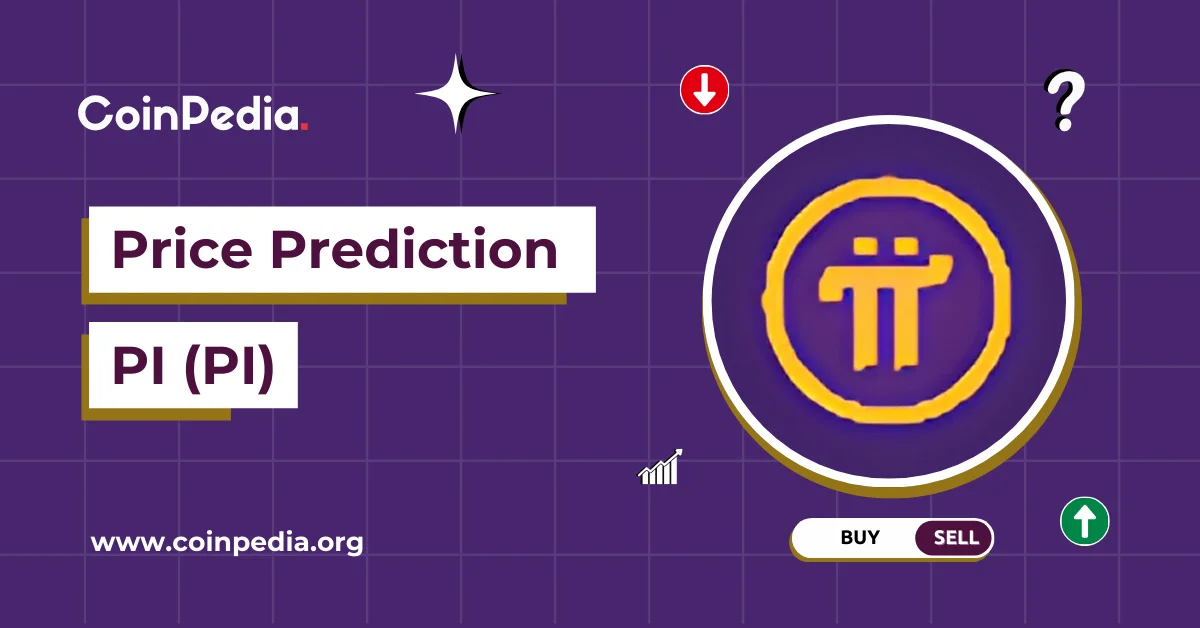The Importance of Gas Limit in Blockchain Transactions
Understanding Gas Limit
Gas limit is a crucial parameter in blockchain technology that determines the maximum amount of computational work that can be performed in a single block. Each transaction on the blockchain network requires a certain amount of gas to be executed, and the gas limit sets the upper bound for the total gas consumption in a block.
Recent Increase in Gas Limit
Recently, the gas limit for Ethereum transactions has been increased to over 31 million gas units. This decision was made by the Ethereum network to accommodate a larger number of transactions in each block, thereby increasing the scalability and efficiency of the network.
Impact on Transaction Speed
With the higher gas limit, more transactions can be included in a single block, leading to faster confirmation times and reduced congestion on the network. This improvement in transaction speed is crucial for the widespread adoption of blockchain technology in various industries.
Effect on Users
For the average user, the increase in gas limit means lower transaction fees and quicker processing times. Users will be able to send and receive cryptocurrencies more efficiently, making blockchain transactions more accessible and user-friendly.
Global Implications
The impact of the increased gas limit extends beyond individual users to the entire blockchain ecosystem. By enhancing the scalability and performance of the network, Ethereum’s decision to raise the gas limit paves the way for innovative blockchain applications and services to thrive on a global scale.
Conclusion
In conclusion, the recent increase in gas limit for Ethereum transactions signifies a significant milestone in the evolution of blockchain technology. By optimizing transaction speed and network efficiency, this decision not only benefits individual users but also propels the blockchain industry towards greater adoption and innovation.





